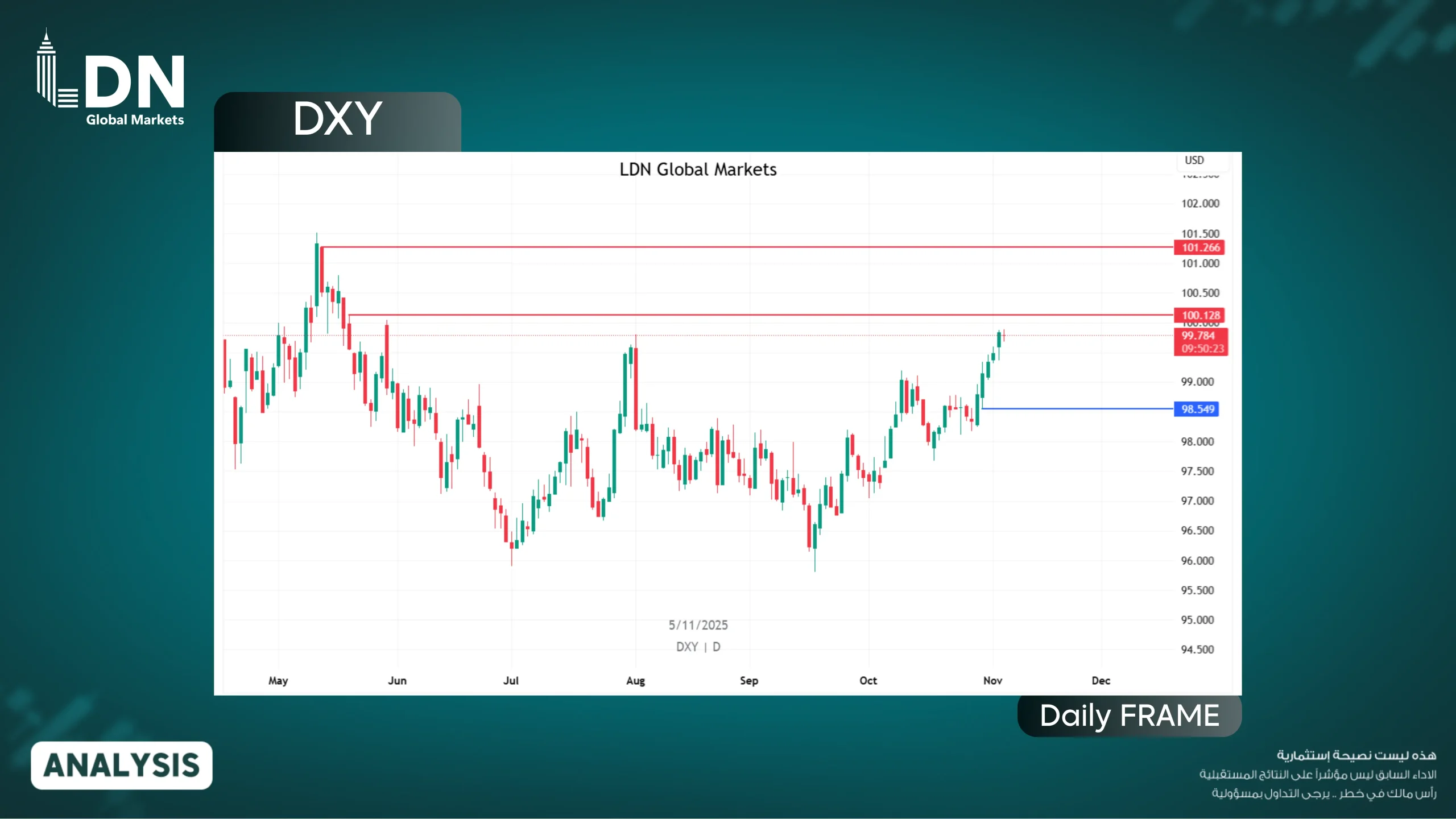Global currency markets are experiencing increasing volatility driven by diverging central bank policies, shifts in international trade, and rising political uncertainty. With the U.S. Federal Reserve, the European Central Bank, the Bank of Canada, and the Bank of Japan pursuing different monetary paths, forecasting economic trends has become increasingly difficult, posing significant challenges for institutions and businesses in managing financial risks.
In the United States, an expected rate cut was implemented, yet comments from the Federal Reserve Chair suggested that further reductions are not guaranteed, which strengthened demand for the U.S. dollar in global markets. Meanwhile, both the European Central Bank and the Bank of Japan maintained their policy rates unchanged, while the Bank of Canada reduced its benchmark rate but indicated that its monetary easing cycle is nearing completion reflecting a transitional phase in its policy stance.
On the trade front, recent developments between the United States and China signaled an easing of tensions, with both sides agreeing to lower certain U.S. tariffs in exchange for increased Chinese purchases of American agricultural goods. These moves boosted optimism about stabilizing trade relations between the world’s two largest economies, providing additional support for the dollar.

From a technical perspective, the U.S. Dollar Index is trading below the 100.10 resistance level, and prices are likely to break above it to target 100.25. This scenario would be invalidated if the index falls below the 98.55 support level.
In financial markets, the technology and artificial intelligence sectors continue to attract strong investor interest, with positive outlooks for major companies such as Apple and Amazon. This underscores the sustained global momentum in technological innovation and its influence on international capital flows.
Conversely, the British pound remains under heavy pressure against both the dollar and the euro amid concerns over upcoming fiscal policies and the potential for further monetary easing by the Bank of England. The Swiss franc, on the other hand, continues to appreciate, supported by the Swiss National Bank’s cautious approach to curbing excessive strength. Markets remain attentive to upcoming economic data and policy signals that could shape currency trajectories.

From a technical standpoint, the GBP/USD pair is trading in a downward trend, with prices likely to target the 1.2955 support level. If prices fail to hold above this level, the next target is expected near 1.2710.
Overall, the U.S. dollar remains firmly positioned, supported by resilient U.S. economic data and a cautiously accommodative monetary stance, while both the euro and the pound face domestic headwinds that warrant close monitoring of upcoming data and central bank decisions to gauge market direction in the coming period.
You can now benefit from LDN company’s services through the LDN Global Markets trading platform.







